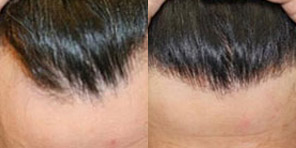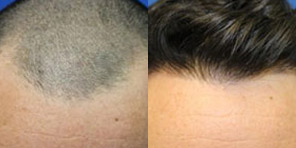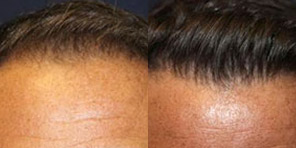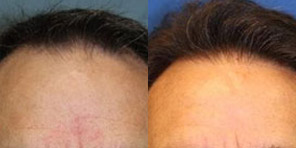Follicular unit transplantation (FUT) is the oldest method of harvesting hair follicles from the scalp to correct alopecia or baldness. The birth of FUT dates back to the early days of hair restoration surgery of the 1960’s and hasn’t changed significantly since that time. In those historic times, the only technology which existed to harvest hair follicles was a surgical blade or scalpel.
It became popular because it was very inexpensive, relatively easy to learn, and required no formal or ongoing training for the doctor or staff. While it was possible to harvest large numbers of hair transplant follicles in a single session many problems were created, some of which were difficult if not impossible to correct.
Contents
Wound Healing and Scarring in FUT
As plastic surgeons we are considered the surgical authorities on wound healing. We are seen as the experts on the closure of difficult and even complex wounds. In fact, plastic surgeons are often consulted by their surgical colleagues in all other surgical specialties for the closure of surgical wounds including general surgery, neurosurgery, orthopedic surgery, and OB/GYN, to name a few. A basic principle of surgery is that closure of a wound under tension results in a noticeable and wide scar.

For example, if you excise an area of scalp to obtain hair grafts then the resultant defect is usually closed under tension. This is because most people who undergo hair restoration surgery have no excess scalp laxity or looseness unless they are elderly. This means that removing a strip of scalp which is a half inch wide will usually result in a scar which will ultimately heal a half inch wide. This is especially true on the scalp where it is closed under tension over a rigid and fixed object underneath – the skull.
Limitations of FUT
Besides unpredictable scarring other limitations of FUT or strip surgery include prolonged pain and permanent scalp numbness. Our patients who previously underwent a strip procedure routinely describe the experience as quite painful with prolonged swelling and scalp numbness. They are often forced to wear their hair long on the back of the head to hide the noticeable scar. Thinning of hair around the linear scar is also quite common.
Hair Transplant Advancements
Fortunately, medical research evolved over the decades resulting in FUE or follicular unit extraction. Manual devices were ultimately replaced by more sophisticated devices like Neograft®, Smart Graft, and Artas. All of these devices focused on individually extracting hair follicles with a small punch, often less than a millimeter in diameter. The surrounding scalp was left intact.
The FUE was less invasive than older strip methods resulting in a much easier recovery for patients and less scalp numbness and pain. The tiny holes created by removal of the hair follicles were allowed to heal in avoiding the need for stitches. No visible linear scar was created, allowing patients to wear their hair short.







